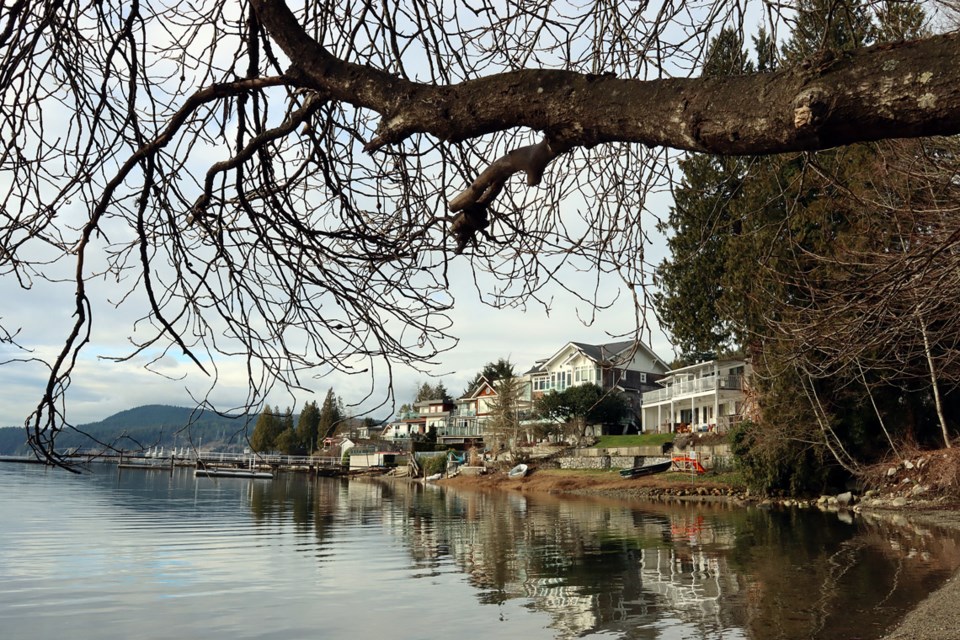A controversial plan by the city of Port Moody to update its strategy for managing environmentally sensitive areas (ESA) has been scrapped.
Instead, staff will rethink the scope and procedure for the project, with an emphasis on better communicating the process to residents, said city manager Tim Savoie.
The project, that included mapping of watercourses, shorelines and ecosystems in the city so it could better identify areas in need of protection, restoration and connection, was undertaken as part of council’s declaration of a climate emergency in June, 2019.
But it went off the rails when the city published the maps on its website last year as part of its public engagement process.
In an earlier interview, Port Moody’s director of environment and parks, Julie Pavey-Tomlinson told the Tri-City News advances in mapping technology allowed the city to capture much more detail since it developed its first strategy for environmentally sensitive areas in 2001.
Tuesday, several residents told council it was the detail in those online maps that caused them distress as they feared previously-unknown watercourses — like ditches and culverts — could affect the value of their property or impact their ability to make improvements to their homes, like adding a deck or even landscaping.
Savoie said that was never the intent.
“I think there’s been lot of confusion,” he said. “We have to be more specific in terms of what we are showing in the maps.”
Coun. Diana Dilworth suggested the city hadn’t done enough to fully educate residents about the highly technical nature of the information is was gathering.
“If we want to get our residents to understand what we’re doing and why, it behooves us to get them as much information as possible,” she said. “There might be more hand-holding we need to do.”
Savoie agreed, “there has to be a different approach.” But, he added, the need to protect environmentally sensitive areas in the city won’t be going away.
“The bottom line is if you have a watercourse that will certainly affect the future development of your property, that’s always been the case,” he said.
Coun. Amy Lubik said the city must stay the course, even if it has to take a different path to get there.
“Strengthening the ESA is needed.”
But before city staff begins anew, Savoie said, they will need to strike another budget and get new direction for the scope of their work.



